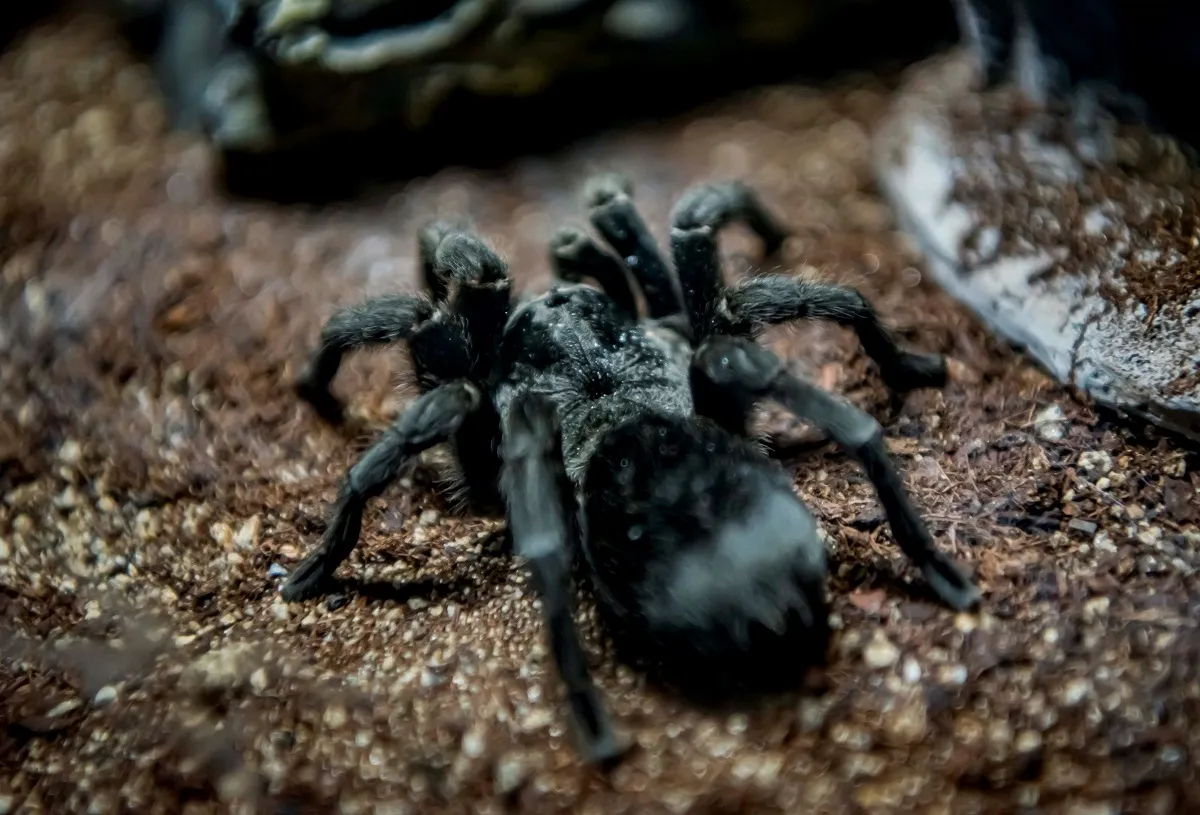What is a Black Tarantula Spider
The black tarantula spider, a captivating creature of the arachnid world, is a sight to behold and a topic of fascination for many. These spiders, often characterized by their striking dark coloration, are found in various habitats across the globe. They are renowned for their size, the females, in particular, can live for over twenty years. Despite their intimidating appearance, they are generally not aggressive, and they play a vital role in their ecosystems by controlling insect populations. Understanding the black tarantula spider involves appreciating its biology, behavior, and the environments it inhabits. This article will explore key facts about this fascinating arachnid, aiming to provide a comprehensive overview.
Identifying Characteristics
Appearance
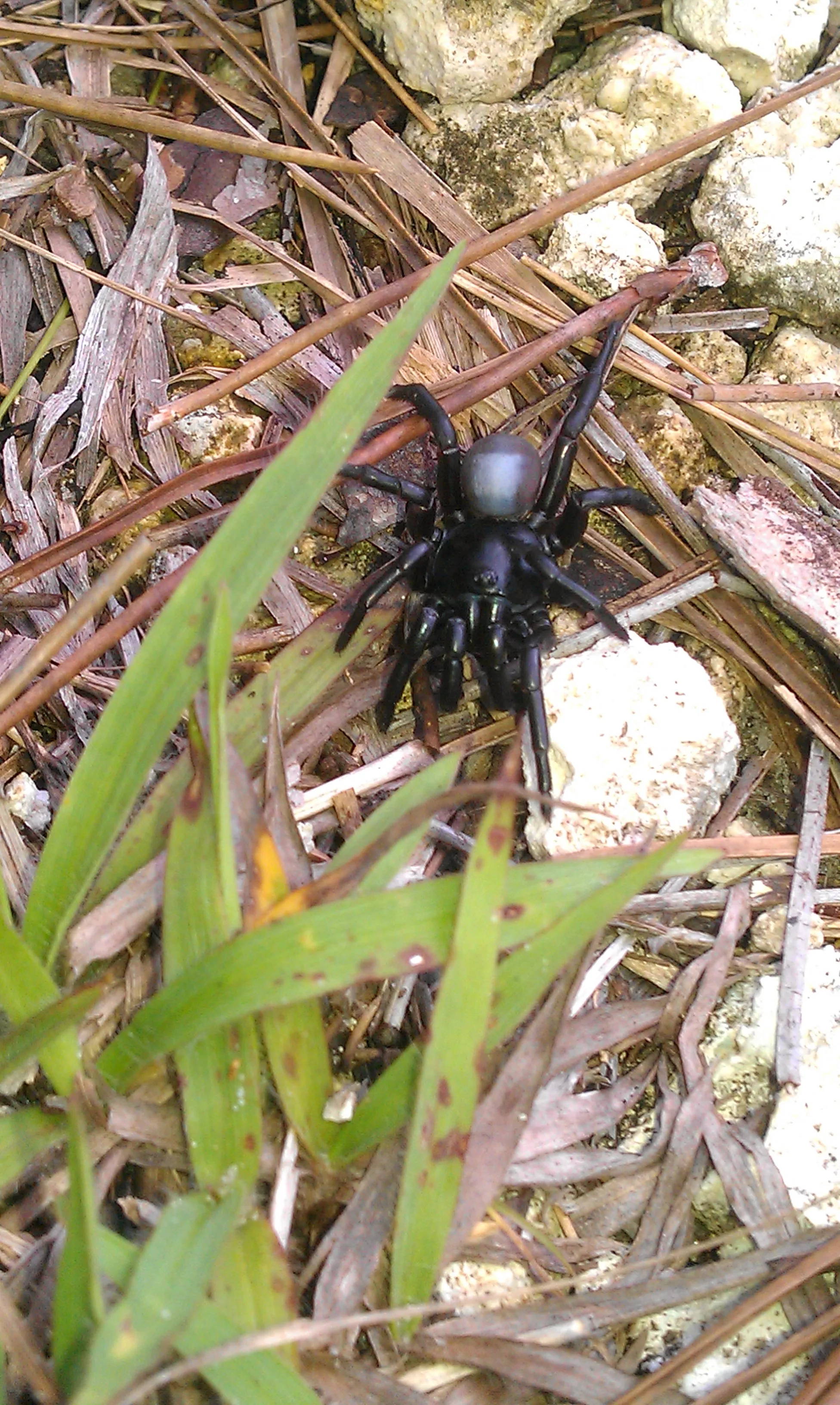
The most defining feature of the black tarantula is, of course, its color. These spiders typically exhibit a deep, ebony hue, covering their bodies in a velvety coat of fine hairs. The shade can range from a true black to a dark charcoal, often providing excellent camouflage in their natural environments. The overall appearance is robust, with a rounded cephalothorax (the combined head and chest) and an abdomen that can vary in size depending on the spider’s feeding habits. The legs are thick and powerful, equipped with claws for gripping and climbing, allowing them to move efficiently across various terrains.
Size and Lifespan
Size and lifespan are significant aspects of the black tarantula spider. The size of these spiders varies depending on the species and sex. Generally, they can range from 4 to 6 inches in leg span. The females are typically larger than the males. The lifespan of black tarantulas also differs between the sexes, with females often living for 15 to 25 years, while males tend to live for only 5 to 10 years. This disparity is common in the tarantula world, with females often outliving the males. The lifespan is affected by various factors, including diet, environment, and overall health of the spider. Good care can help prolong the lifespan.
Habitat and Distribution
Geographic Location
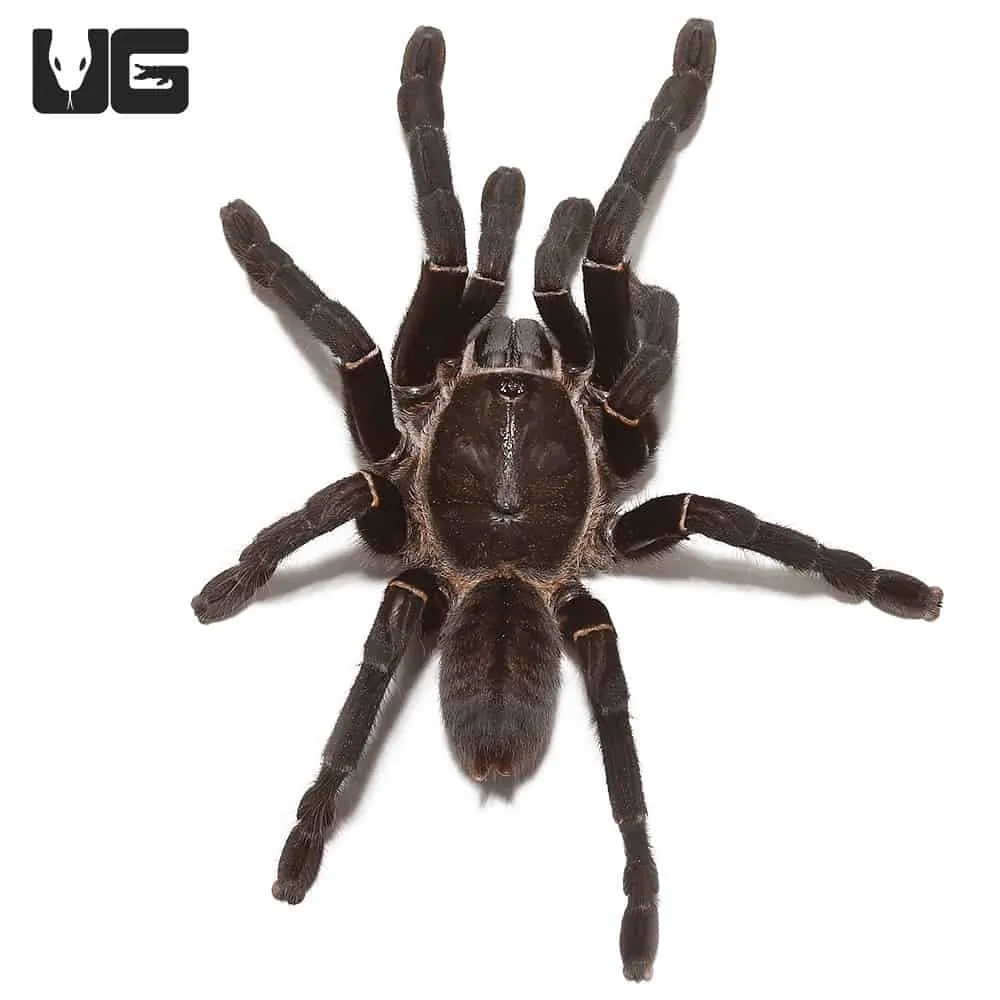
Black tarantulas inhabit a wide variety of environments. These spiders are not found in a single location but are distributed across different regions, primarily in warmer climates. Specific species of black tarantulas can be found in the southwestern United States, parts of Mexico, and other tropical regions around the globe. They often prefer areas with specific environmental conditions, which facilitate their survival and reproduction. Understanding their geographic location provides valuable insights into their habitats and how they interact with their surroundings. The geographical distribution is crucial for conservation efforts and understanding their survival.
Preferred Environment
The preferred environment for black tarantulas typically includes areas that offer both shelter and a sufficient food supply. They often make their homes in burrows, under rocks, or in dense vegetation to protect them from predators and harsh weather conditions. The ideal environment usually has a moderate to high humidity level, which is essential for the spider’s health and survival. Temperature plays a crucial role as well, with black tarantulas thriving in warmer climates. These spiders adapt to various environments, but they need specific elements to thrive. They often choose environments that provide them with ample hunting grounds and opportunities for mating.
Behavior and Temperament
Hunting and Diet
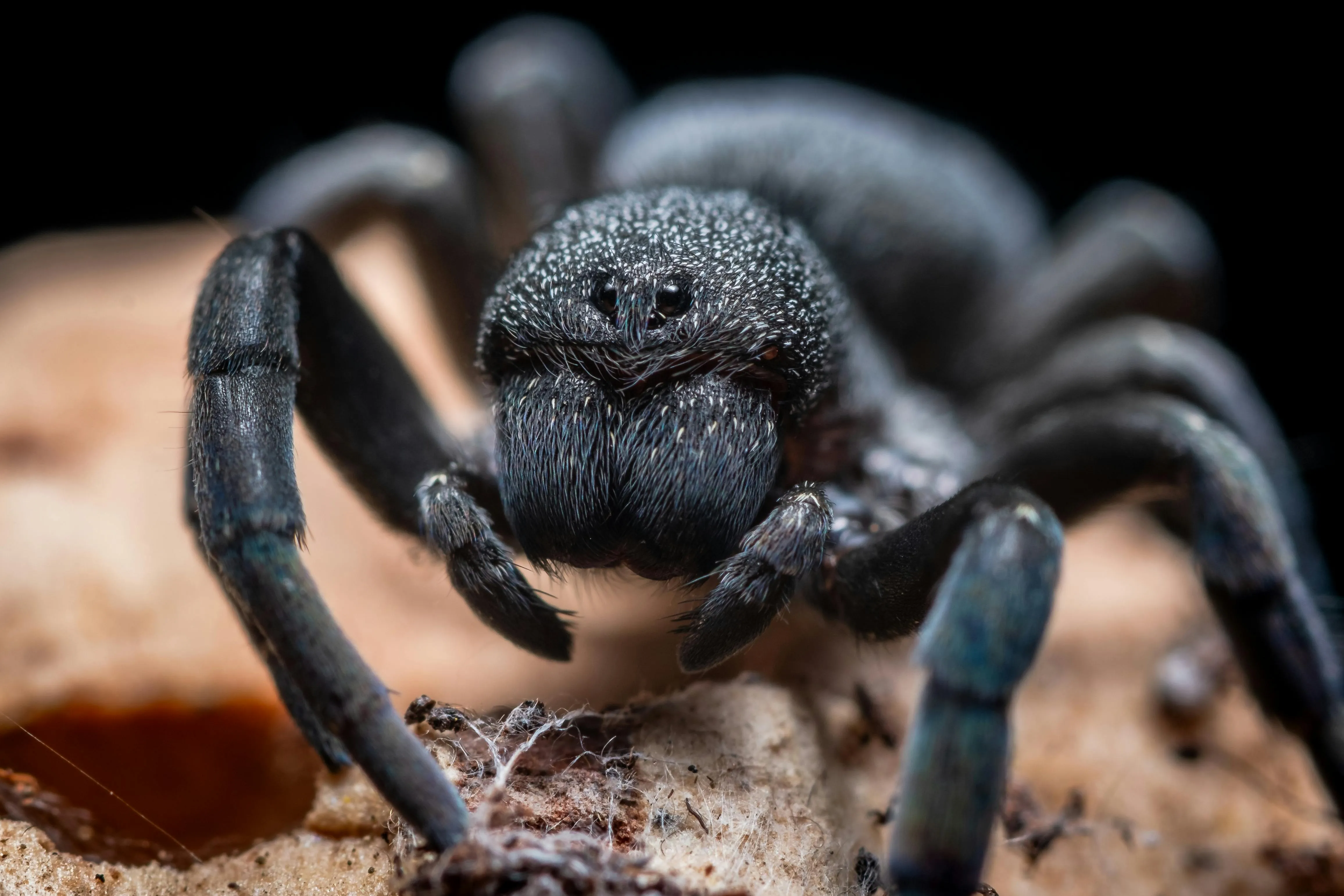
Black tarantulas are primarily nocturnal hunters, actively foraging for prey during the night. Their diet consists mainly of insects, such as crickets, cockroaches, and other invertebrates. Larger tarantulas may also consume small vertebrates, including lizards and even small birds. They are ambush predators, patiently waiting for prey to come within striking distance. Their hunting strategy involves injecting venom through their fangs to immobilize their prey. Once the prey is subdued, the spider uses its chelicerae to break down the food, consuming the nutrient-rich fluids. The efficiency with which the black tarantula hunts and consumes its prey is a testament to its survival adaptations.
Defensive Mechanisms
Black tarantulas, despite their intimidating size, are generally not aggressive, but they possess several defense mechanisms. Their primary defense involves their urticating hairs, which they flick from their abdomen when threatened. These hairs can cause significant irritation to the skin and eyes of potential predators. They also have powerful fangs and are capable of biting if they feel cornered or threatened. Additionally, they may use their size and coloration to deter predators. Understanding their defensive mechanisms is essential for knowing how these spiders interact with their surroundings and protecting themselves from harm.
Venom and Toxicity
Is it Dangerous
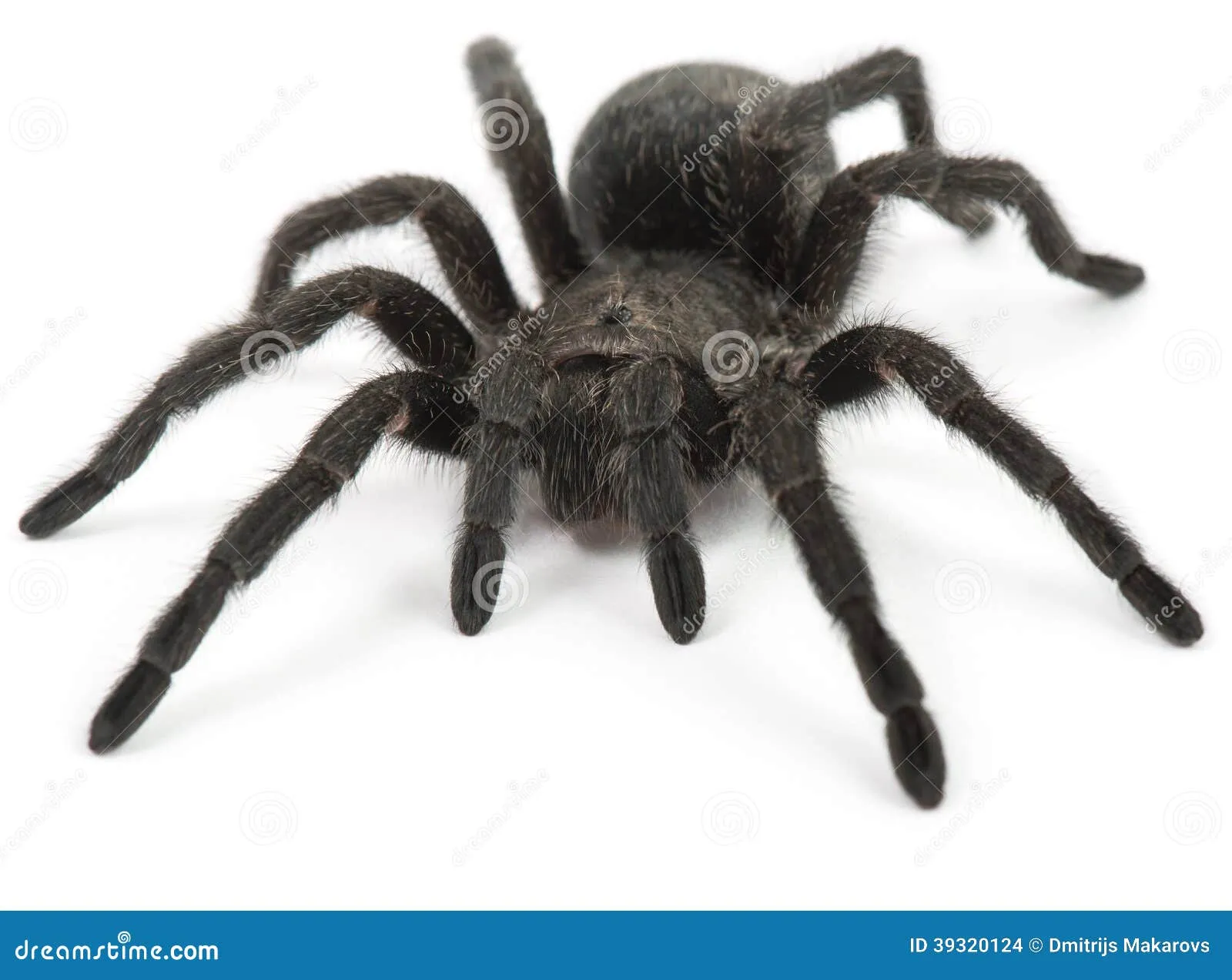
The venom of a black tarantula spider is not considered highly dangerous to humans. While a bite can be painful, the venom typically only causes localized effects, such as redness, swelling, and mild pain at the bite site. In rare cases, some individuals may experience allergic reactions. The overall effect is not life-threatening for most people. The toxicity of the venom is relatively low, and it’s primarily used to subdue prey rather than to defend against larger predators. Therefore, while a bite might be unpleasant, it is not usually a cause for serious concern. Proper first aid and medical attention are recommended if any adverse reactions occur.
Symptoms of a Bite
The symptoms of a black tarantula spider bite are generally mild and localized. Common symptoms include immediate pain and swelling at the bite site, which can also be accompanied by redness. Some individuals may experience itching or muscle cramps in the affected area. Systemic symptoms, like nausea or fever, are rare, but they can occur in sensitive individuals or in cases of an allergic reaction. It is important to clean the bite area with soap and water and monitor for any unusual reactions. Seeking medical advice is always advisable, especially if the symptoms become severe or worsen.
Care and Keeping
Enclosure Requirements
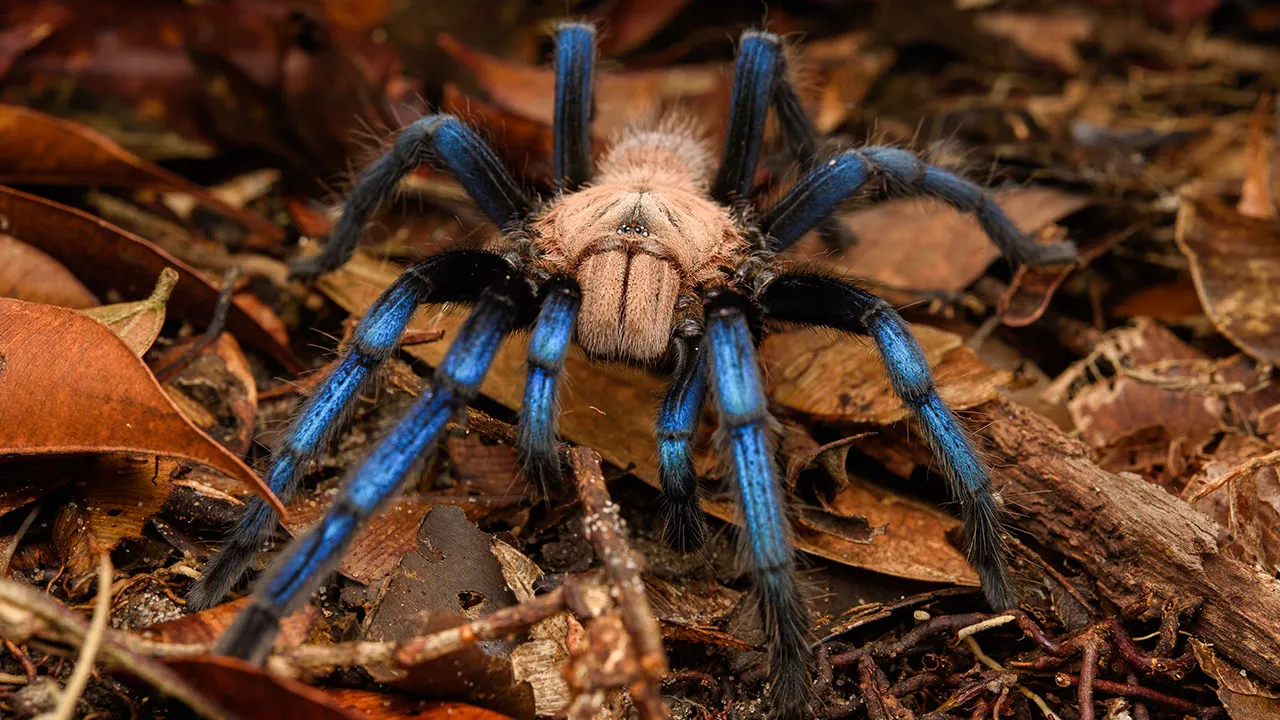
If you are considering keeping a black tarantula spider as a pet, providing a suitable enclosure is crucial for its well-being. The enclosure should be appropriately sized, providing enough space for the spider to move and establish its burrow. A glass or plastic terrarium is usually recommended. The enclosure should also have a secure lid to prevent escape. The substrate should consist of a mixture of substrate like coconut fiber, peat moss, and vermiculite. It should be deep enough to allow the spider to burrow. Maintaining the correct temperature and humidity levels is also vital, as they are essential for the spider’s health. Providing appropriate enrichment, such as hiding places and climbing structures, will make the spider feel more secure.
Feeding and Hydration
Proper feeding and hydration are fundamental aspects of caring for a black tarantula. The diet should consist of insects like crickets, mealworms, and cockroaches. The frequency of feeding depends on the spider’s size and age, with younger spiders needing more frequent meals. Ensure that the prey insects are gut-loaded with nutritious food before feeding to the spider. Hydration is equally important, and you should provide a shallow water dish with clean water at all times. The water should be replaced regularly to prevent the growth of mold. These spiders also get hydration from their food. A well-fed and hydrated tarantula is more likely to thrive and exhibit normal behaviors, making the pet experience a success.
Conservation Status
Threats to Survival
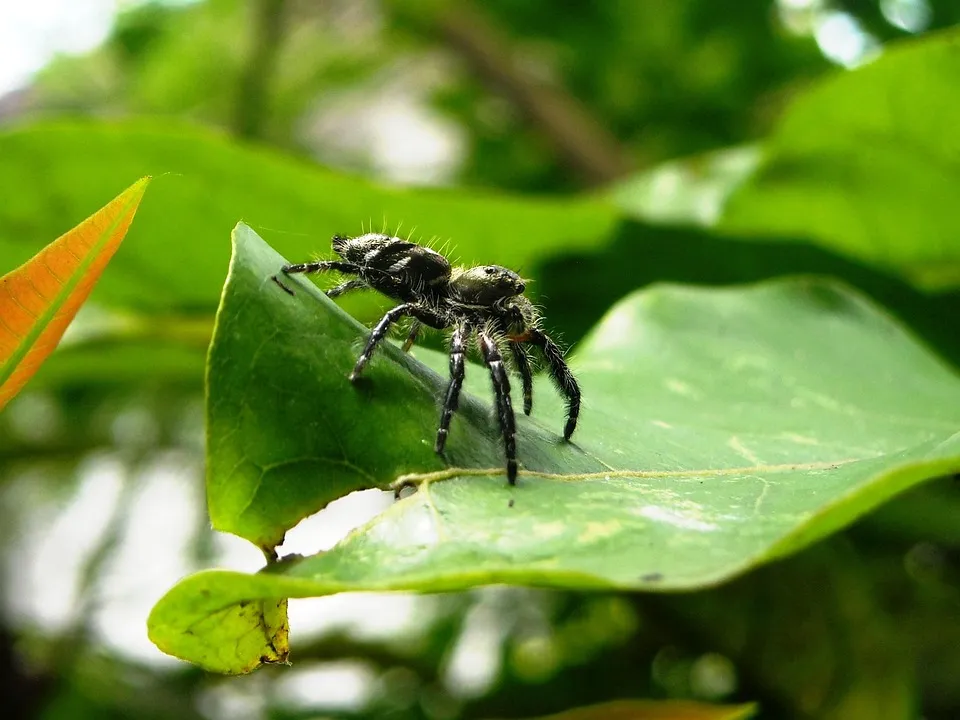
Black tarantulas, like many other species, face several threats to their survival. Habitat loss due to deforestation, urbanization, and agricultural expansion poses a significant risk. Climate change can also impact their habitats, leading to changes in temperature and humidity levels, which may disrupt the spider’s lifecycle. The pet trade can also be a threat, as the demand for these spiders can lead to over-collection from the wild. Understanding these threats is crucial for implementing effective conservation strategies and protecting black tarantulas. It helps in developing appropriate measures to mitigate the negative impacts.
What You Can Do
There are several steps individuals can take to help conserve black tarantulas. Supporting conservation organizations that work to protect spider habitats is a good start. You can also educate yourself and others about these fascinating creatures, promoting awareness of their importance in the ecosystem. Avoiding the purchase of wild-caught tarantulas and supporting responsible breeders reduces the demand for collection from the wild. If you choose to keep a tarantula as a pet, ensure you provide proper care and adhere to all relevant regulations. Your actions, no matter how small, can contribute to the preservation of black tarantulas for future generations. Supporting and promoting sustainable practices is critical.
Conclusion
The black tarantula spider is a remarkable creature with a fascinating biology and an essential role in its environment. From its striking appearance and unique behaviors to its relatively harmless venom, the black tarantula continues to captivate both enthusiasts and researchers. Understanding its habitat, diet, and the threats it faces helps in conservation efforts. By learning about this spider, we can appreciate the intricate web of life and the need to protect our planet’s biodiversity. Whether you are a spider aficionado or simply curious, exploring the world of the black tarantula is sure to be a rewarding experience. These spiders deserve our respect and protection.
